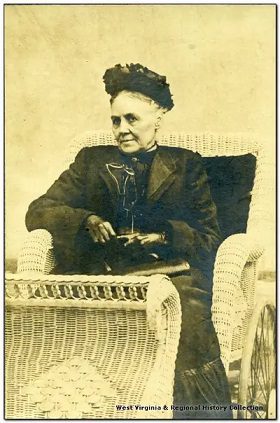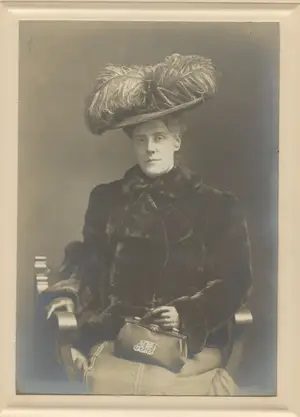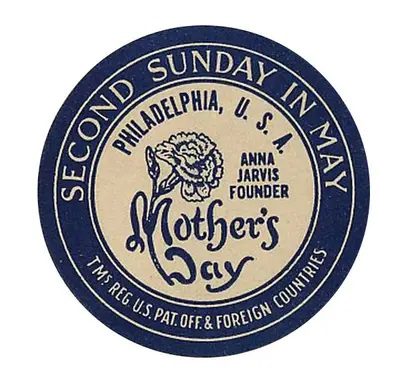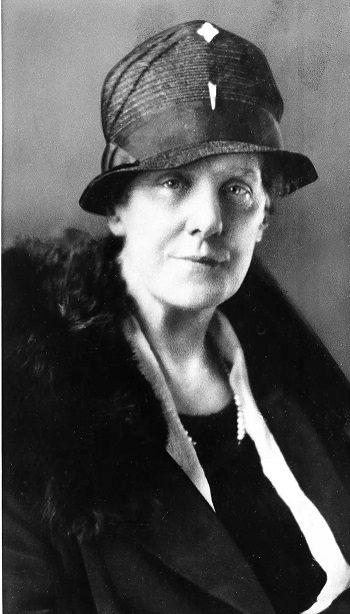The story of Mother’s Day is one of the great paradoxes of the 20th Century. It is both a celebration of love, admiration, ambition, persistence and ultimate victory; and a sad tale of the harmful effects of bitterness, desperation and loss.
Ann Reeves Jarvis: The Model of Mother’s Day
Ann Reeves Jarvis was a Sunday School teacher and women’s advocate. She worked to improve health and sanitary conditions in West Virginia and tended to mothers with tuberculosis. After the Civil War, she created a Mothers’ Friendship Day to build relational bridges between women in the North and South.
While Ann’s work inspired many, it had a particularly deep effect upon her daughter Anna. One day after teaching a Sunday School lesson about significant mothers in the Bible, Ann prayed, “I hope and pray that someone, sometime, will found a memorial mother’s day commemorating her for the matchless service she renders to humanity in every field of life. She is entitled to it.” Anna never forgot these words.

Anna Jarvis: The Founder of Mother’s Day
When Ann died in 1905, Anna determined she would make her dream a reality. For the next 10 years, she worked tirelessly to petition for a national Mother’s Day celebration. The hard work paid off in 1914, when President Woodrow Wilson officially recognized the second Sunday in May as Mother’s Day, and it became a national holiday.
As the face of the holiday, Anna became a national hero. She incorporated herself as the Mother’s Day International Association, copyrighted her own photograph and trademarked the Mother’s Day Seal with a drawing of a carnation and the words “Mother’s Day,” “Second Sunday in May,” and “Anna Jarvis Founder.”


Anna, the Mother’s Day Antihero

Yet once her mission had been accomplished, Anna became defensive and spent the next 40 years protecting “her” holiday. She saw anyone who profited from Mother’s Day as a threat and viciously attacked them. In her opinion, her biggest opponents were florists, candy makers and card makers. In protest of their commercialization, she crashed their meetings, organized boycotts, created domestic disturbances, threw food in a restaurant and even sued them (or threatened to). At one time, she had 33 Mother’s Day-related lawsuits awaiting court hearings.
Mother’s Day: Anna’s Folly?
Near the end of her life, Anna wished she had never founded Mother’s Day in the first place. Her bitterness had all but consumed her and she died in poverty and poor health.
There is a striking contrast between the characters of Mother’s Day: Ann loved the work she did and never wavered from her commitment to the people for whom she did it. Anna loved her work because she loved her mother. But sadly, once she had reached her goal in establishing Mother’s Day, she fell in love with her work and forgot about her mother.
What’s the moral of this story? Keep focused on what is most important — and that should always include people. This Mother’s Day, it’s okay to honor Mom with flowers, chocolate or a card. Just be sure to remember what is most important and make the day all about her!
Article by Cam Edwards



0 Comments